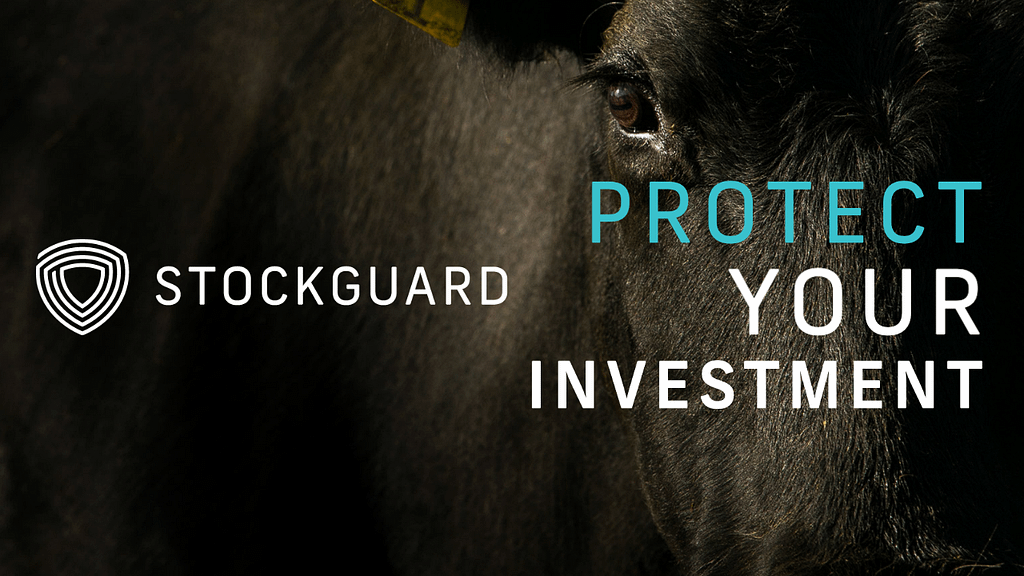What Is Your Gross Margin in LGM?
Let’s face it: it’s impossible to predict what tomorrow’s market may bring. Prices are constantly changing, and not always in the way we want or expect. Market price drops can occur without warning, threatening your bottom line and your operation’s future. Producers who fail to secure their investments against market risks may lose out on key profits necessary to keep their operations running.
Fortunately, there are options. Livestock Gross Margin (LGM) is a federally insured risk management solution available to all producers in the U.S. When you use LGM, you can protect your operation against a decrease in your margin caused by changes to feed and cattle costs.
But, what do we mean when we talk about gross margin? How can you determine what your margin is, and what does that mean when you’re customizing your LGM coverage plan?
Let’s look at everything you need to know about your gross margin and how to protect your bottom line against market risks with LGM.
What Is Your Gross Margin in LGM?

Your gross margin is calculated by subtracting the price of fed cattle, feeder cattle, and feed from the revenue of selling your livestock.
Weather, sudden disease outbreaks, and cattle inventory are only a few of the factors that contribute to market volatility. Your gross margin can drastically change from one day to the next depending on the current grain and livestock markets. Understanding your gross margin is key to visualizing how these components affect your operation’s profitability.
For example, if a cattle producer pays a steep price for feeder cattle and corn, and then sells his livestock for a low price when he goes to market, his gross margin could be small. In this case, his overall profitability would have a low return on his investment.
The price of fed cattle, feeder cattle, and feed all affect your bottom line. Let’s look at how to protect your investment and manage gross margin risks with LGM.

Protecting Your Bottom Line with LGM
Livestock Gross Margin helps you secure your profit by offering three hedges in a single package. Your LGM policy guarantees you’ll receive the expected gross margin for your herd when it comes time to take your livestock to market. This is different from your actual gross margin, which is the price that you receive when you sell your livestock at the market. Even if fed cattle prices take an unexpected downturn, LGM offers you peace of mind and security that you’ll never receive less than your expected gross margin.
If the market is down when it’s time to sell your livestock, LGM creates a safety net, guaranteeing that you’ll receive an indemnity to cover the difference if your actual gross margin is less than your covered expected gross margin.
Here’s a brief example:
- A cattle producer buys an LGM coverage plan with an expected gross margin of $600 per head. However, when he goes to market, the price of fed cattle is down, so he receives an actual gross margin of $400 per head. Because his actual gross margin was lower than his expected gross margin, he’ll receive an indemnity that covers the difference.
With LGM, you can take control over your marketing decisions and rest easier at night knowing that your operation is protected against market risks. It’s designed to help you improve your cash flow so that you can rest assured that your profit is secured, no matter how the market changes.
Customize Your LGM Policy
LGM is available for producers in all production stages, and policies are easily customizable, so you can tailor a plan that meets your operation’s needs without suffering a shock to your cash flow.
Here are several ways that you can customize your policy:
- Set your commodity type. LGM is available for both fed cattle and feeder cattle operations.
- Select your coverage period. LGM offers flexible coverage periods, so you can select the timeframe that best suits your production cycle.
- Enter your headcount per marketing month. Note that you must be able to prove ownership of your livestock and market them for two months to benefit from the USDA’s subsidy.
- Choose your deductible. Create a policy that meets your budget by choosing your deductible price per head.

In today’s climate, there’s no telling what tomorrow’s market will look like. Don’t wait for prices to drop before securing your bottom line. Visit stockguard.io to learn more about our risk management solutions.

